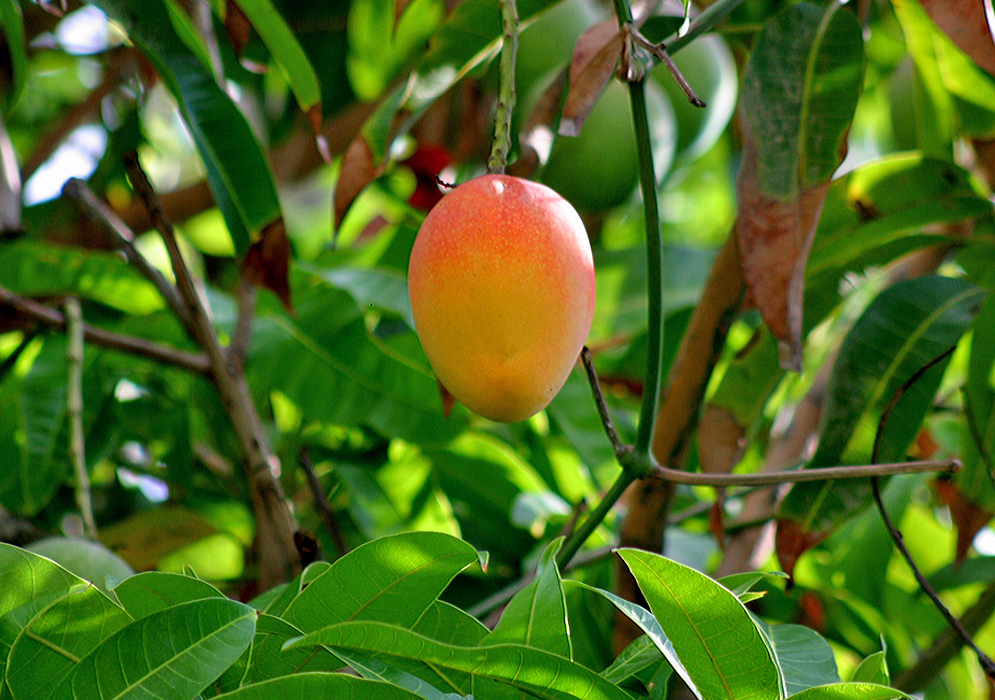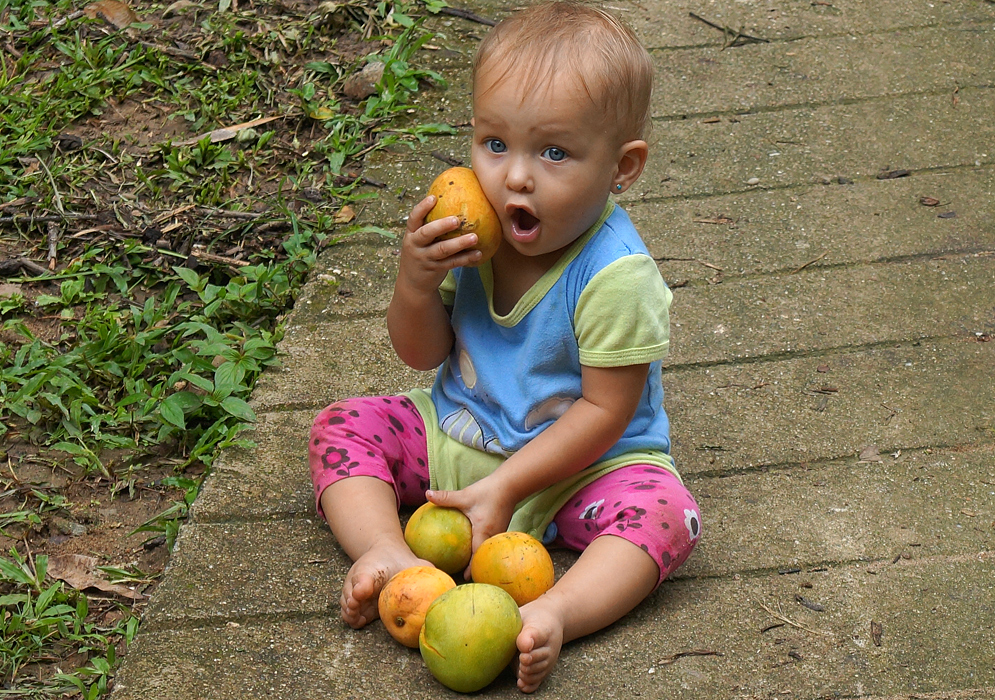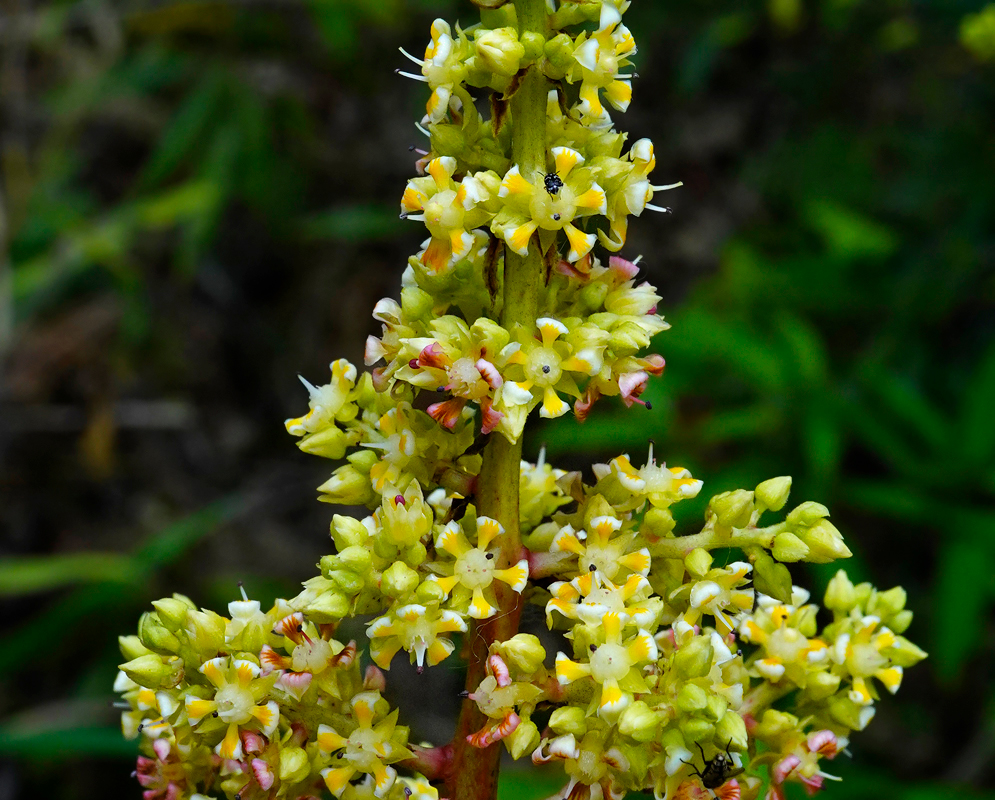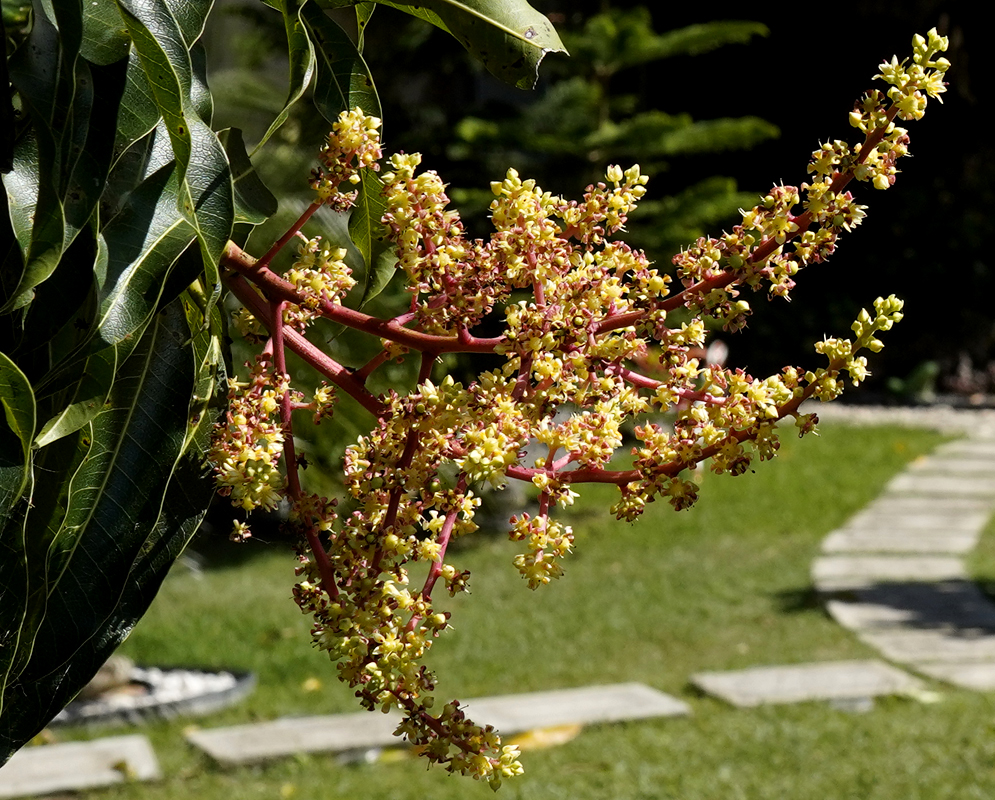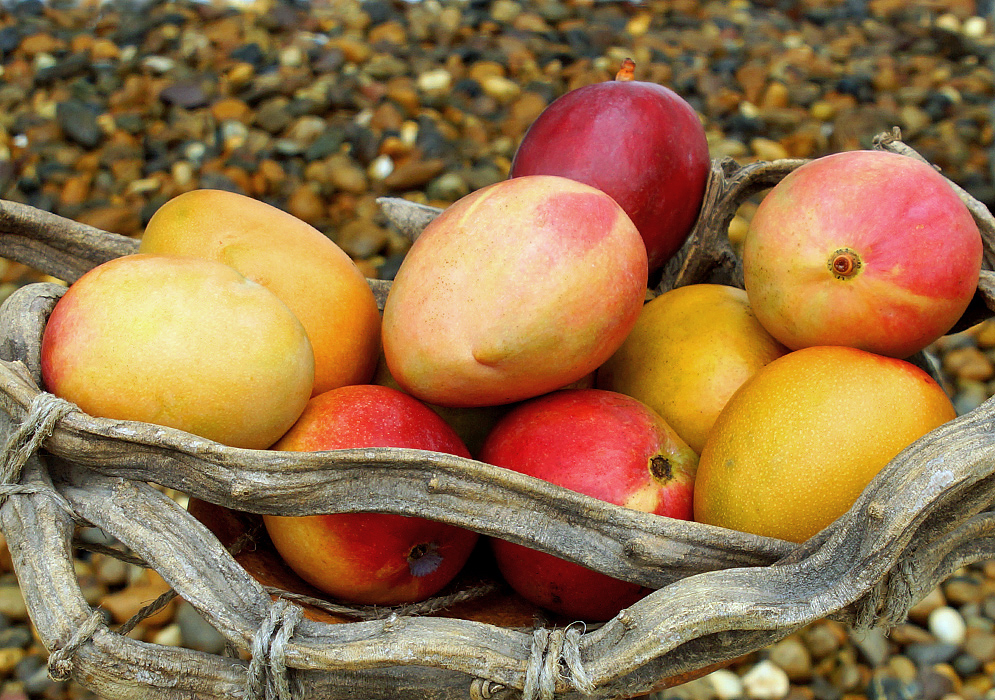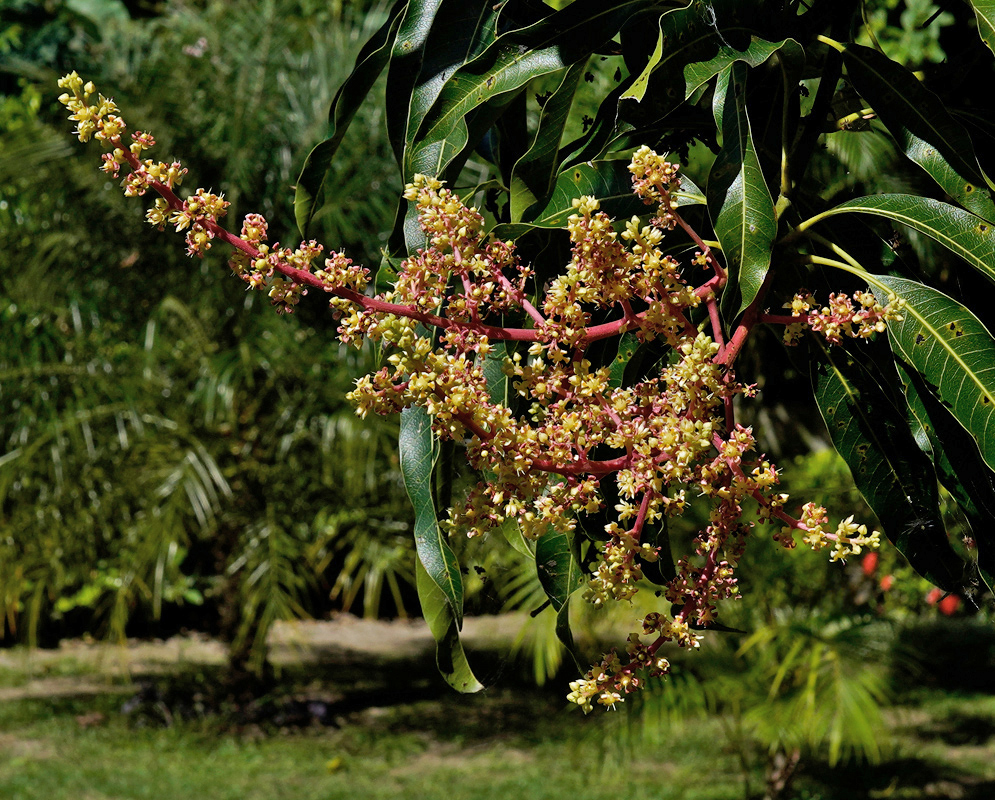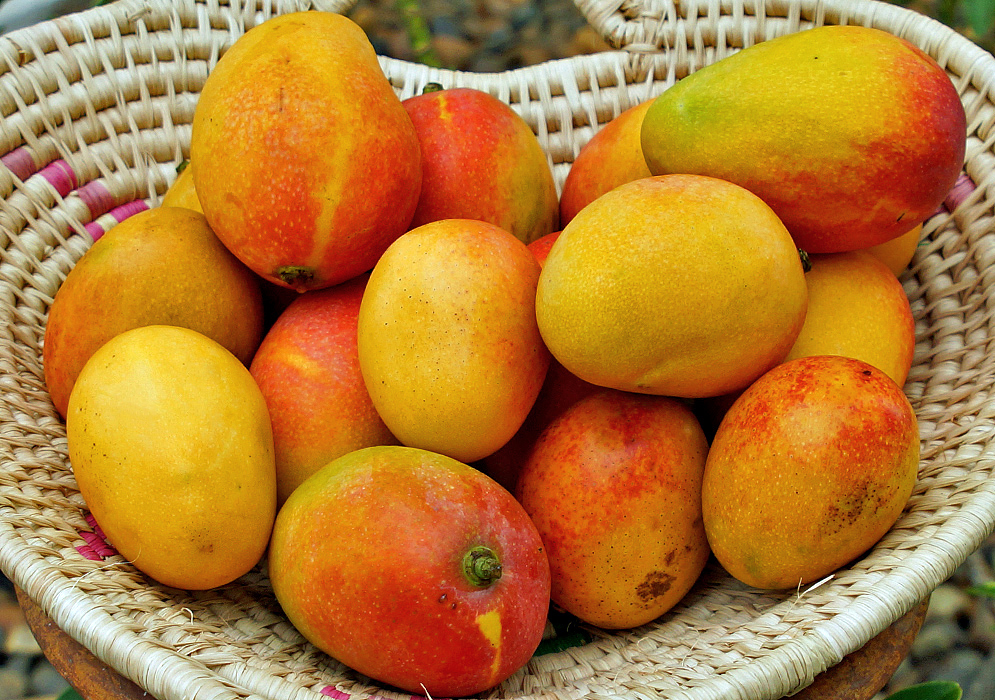This post has 11 Simple Fields-fields attached. Show fields.
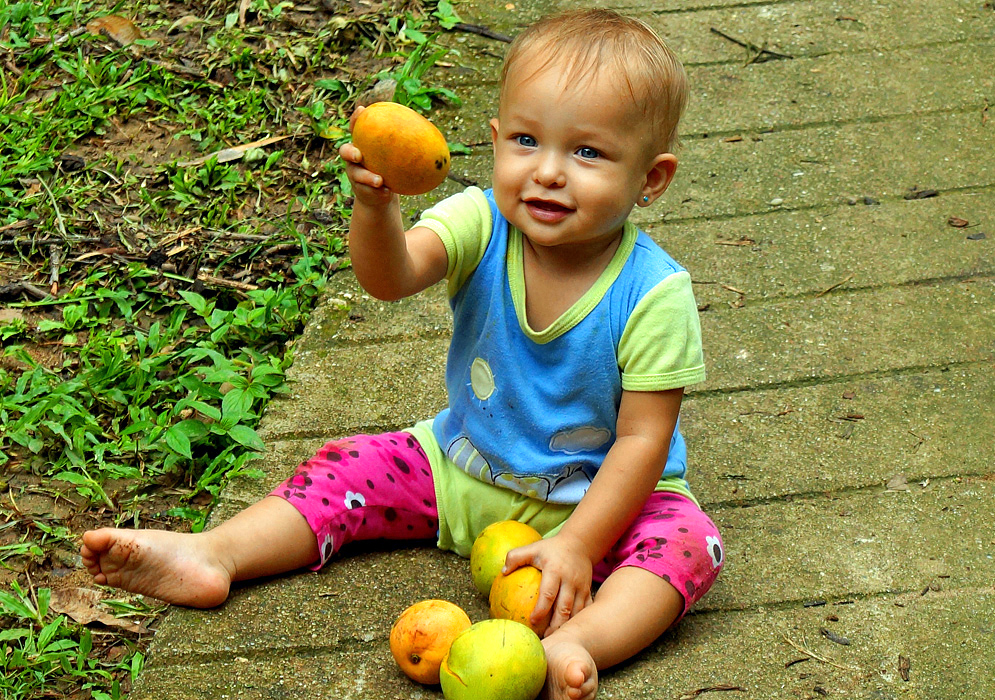
A large tree originating in the Indo-Burma-Malay region, the widely cherished mango tree, Mangifera indica, made its way to China by the 7th Century, East Africa by the 10th Century, and the Philippines by the early 15th Century. It was domesticated thousands of years ago. There are many cultivars. various studies suggest that the plant exhibits antibacterial, antifungal, antitumor, and immunomodulatory effects among many others, substantiating its extensive use in traditional medicine. The primary countries engaged in mango cultivation include India, Pakistan, and Bangladesh. One of the most popular fruit trees in Colombia and widely used as a street tree in Barranquilla and Valledupar. A mango tree can grow very large and fruit over a thousand mangoes. A hit on the head by a falling mango could knock you out, so it makes you wonder why Colombia has so many coconut, mango and other projectile dropping trees along sidewalks. The new growth of the mango tree has reddish purple leaves and an established tree can grow very fast. Much of the country has perfect mango habitat, yet they export very little due to lack of knowledge of how to to manage this. During peak season you can often see mangoes rotting on the ground. Colombians will often eat the fruit green. Tommy Atkins is the variety most cultivate in Colombia. One of the best tasting cultivars is mango de azúcar (sugar mango) a small and delicious mango. Photographed in Barranquilla, Colombia.
